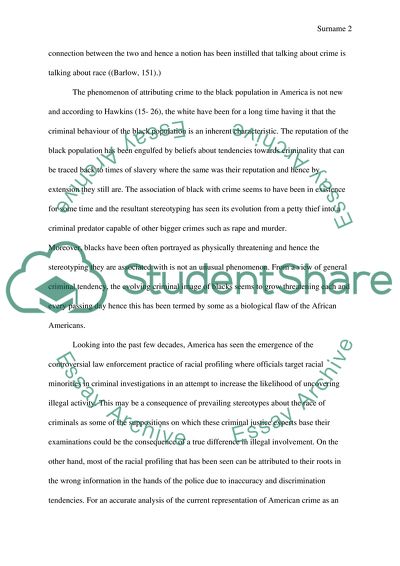Cite this document
(Stereotyping of Blacks as Criminals Coursework Example | Topics and Well Written Essays - 2500 words, n.d.)
Stereotyping of Blacks as Criminals Coursework Example | Topics and Well Written Essays - 2500 words. https://studentshare.org/sociology/1826625-black-crime-in-america
Stereotyping of Blacks as Criminals Coursework Example | Topics and Well Written Essays - 2500 words. https://studentshare.org/sociology/1826625-black-crime-in-america
(Stereotyping of Blacks As Criminals Coursework Example | Topics and Well Written Essays - 2500 Words)
Stereotyping of Blacks As Criminals Coursework Example | Topics and Well Written Essays - 2500 Words. https://studentshare.org/sociology/1826625-black-crime-in-america.
Stereotyping of Blacks As Criminals Coursework Example | Topics and Well Written Essays - 2500 Words. https://studentshare.org/sociology/1826625-black-crime-in-america.
“Stereotyping of Blacks As Criminals Coursework Example | Topics and Well Written Essays - 2500 Words”. https://studentshare.org/sociology/1826625-black-crime-in-america.


